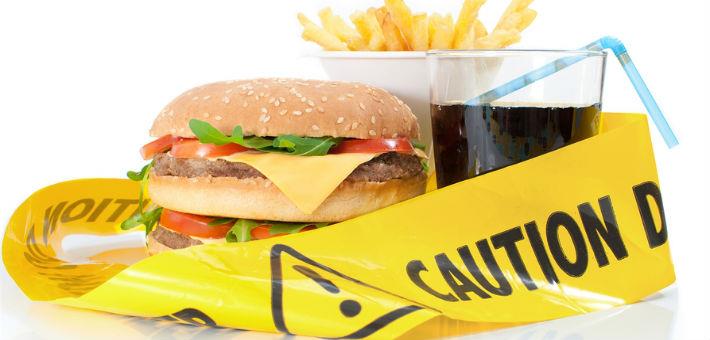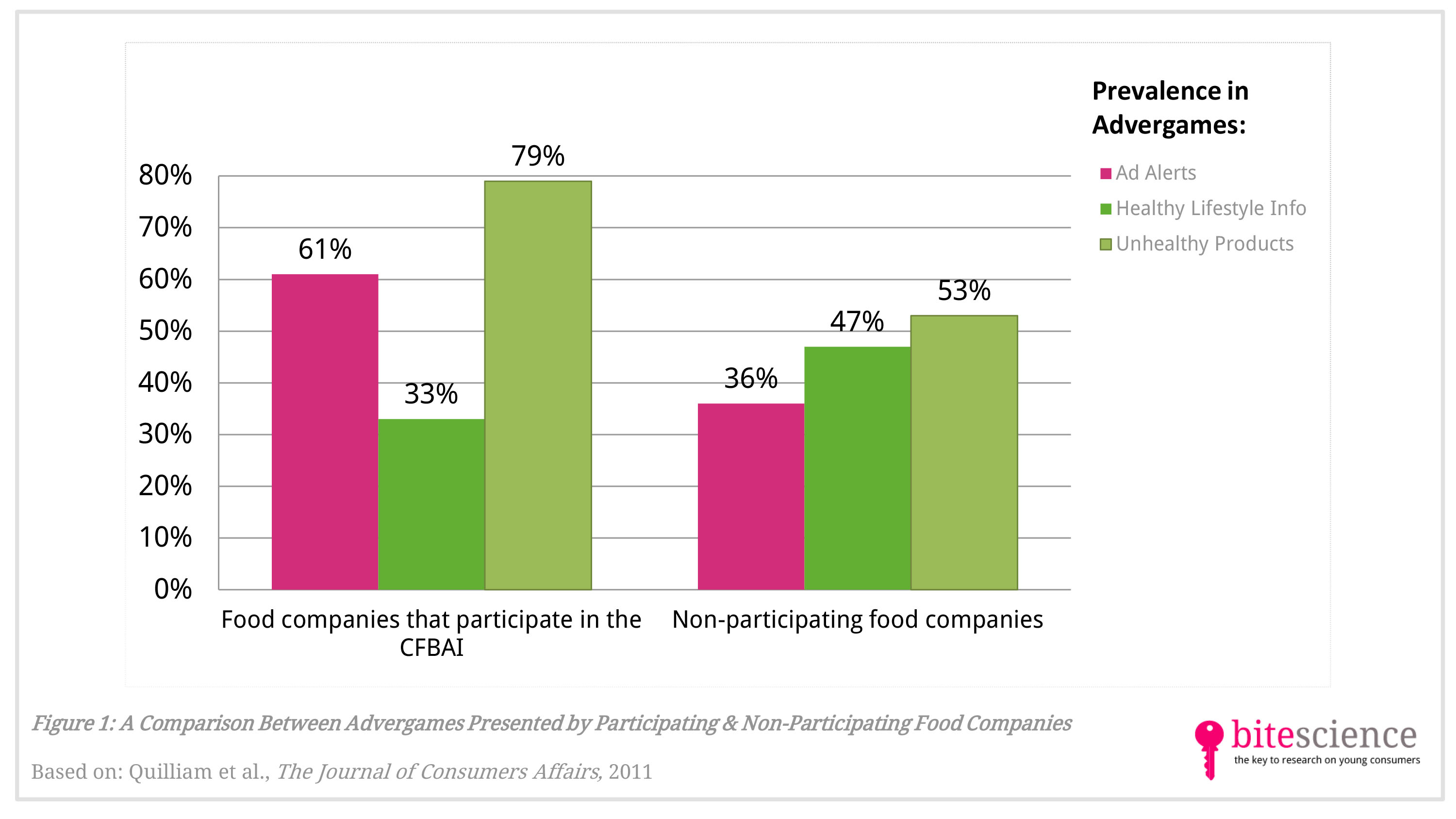
31 January 2013
Food Advertising Self-Regulation: A Mere Formality?
Keywords: CFBAI, advergames, advertising, food, games, health, self-regulation, North America, content analysis, internet, kids,
With the rise of the childhood obesity epidemic, food advertising to children has come under increasing scrutiny. Food marketers try to ward off government intervention by creating self-regulation codes, meaning that the industry voluntarily establishes its own regulation. Self-regulation is argued to work because it is powered and driven by a sense of corporate social responsibility amongst the advertising industry. However, critics question the effectiveness of industry self-regulation. A study in the Journal of Consumer Affairs reveals that they are partially right.
Take aways
- Self-regulating food advertising via the Children's Food and Beverage Advertising Initiative (CFBAI) has not resulted in a decrease of the promotion of unhealthy foods.
- In fact, CFBAI participants more often include unhealthy products in their advergames than other companies.
- However, most CFBAI participants do compel to the rules when it comes to including advertising alerts to their advergames.
Study information
The question?
Do major food marketers adhere to self-regulatory guidelines regarding food advergames?Who?
A total of 166 interactive games that appeared on the Web sites of major food brands during the first half of 2009.Where?
United StatesHow?
The researchers first counted the total number of advergames directed to children that appeared on the Web sites of 168 top-selling food companies in six food categories (baked products, dairy and beverage, fruits and vegetables, meals and entrees, meat and poultry, and snack/appetizers/side dishes). They found a total of 420 different games offered by 87 brands. A subsample of 166 games (randomly chosen) was further analyzed on:
- the company’s participation in the Children's Food and Beverage Advertising Initiative, CFBAI, a voluntary self-regulation program,
- the inclusion of any type of brand identifiers (e.g., brand name, picture of product, characters),
- the presence of an advertising alert (i.e., notification that the game is a commercial message),
- the presence of healthy lifestyle information,
- the inclusion of health and unhealthy products.
Facts and findings
- The advergames presented by food companies that participated in the Children's Food and Beverage Advertising Initiative (CFBAI) more often included advertising alerts (61%) than the advergames offered by nonparticipants (36%).
- However, the advergames presented by food companies that participate in the Children's Food and Beverage Advertising Initiative (CFBAI) included less healthy lifestyle information (33%) and more unhealthy products (79%) than the advergames offered by nonparticipants (47% and 53% respectively).
